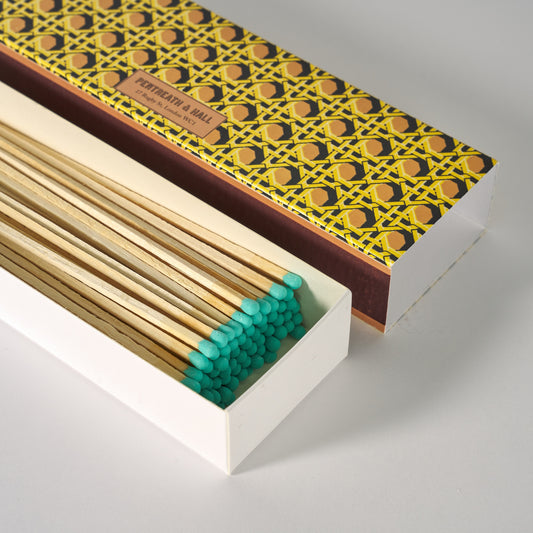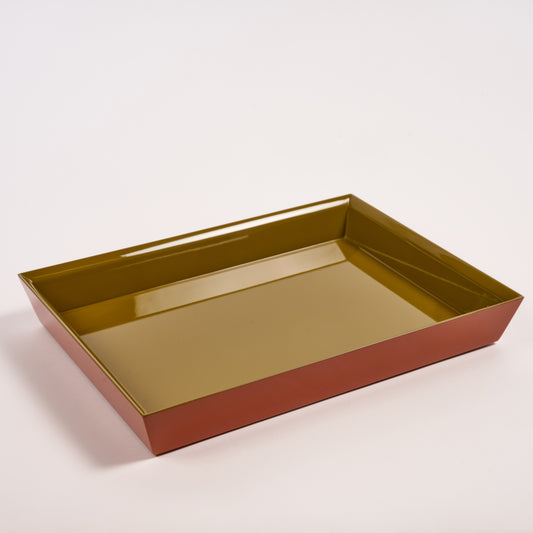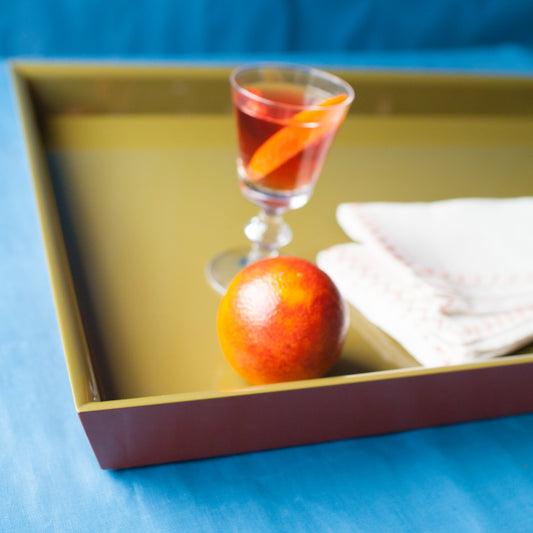I’ve had my friends Ed and Simon staying – Ed Kluz, the artist, who we exhibited in the shop back in 2012 (and who has another show with us this July)… and Simon Martin, new co-director of the fantastic Pallant House Gallery in Chichester. So you knew it was going to be a weekend of discovery.
My principle discovery early on Saturday morning was that if you have a great dinner with my neighbours and drink a bottle of wine each, your head is going to feel a bit ropey the next day. Fortunately, despite sparkling sunshine, there was a great storm blowing – a powerful wind that, while battering our coastline, was good at least for clearing cobwebs. Vague plans had been set in place to meet my great friends Chris and Roy, who live on the Isle of Portland, and (as loyal readers of the blog know) there is no place better than Portland in a storm.
 As we drove down the precipitous street to Chris and Roy’s tiny cottage the sight of the angry sea was little short of chilling… but equally, spectacular.
As we drove down the precipitous street to Chris and Roy’s tiny cottage the sight of the angry sea was little short of chilling… but equally, spectacular.
 I’ve never seen the sea like it.
I’ve never seen the sea like it.



 Small huddled crowds of onlookers had gathered in the howling gale to watch, in wonder.
Small huddled crowds of onlookers had gathered in the howling gale to watch, in wonder.


 I love Portland. It’s a weird place, so far removed from the soft green pastures of the rest of West Dorset; hard, gritty, grey, beautiful… I love the combination of melancholy and high classicism, of the raw power of the sea on all sides, of clear light and wide skies; of plain, modest small-scaled ship builders and stonemasons cottages embellished with rich classical ornament and detail.
I love Portland. It’s a weird place, so far removed from the soft green pastures of the rest of West Dorset; hard, gritty, grey, beautiful… I love the combination of melancholy and high classicism, of the raw power of the sea on all sides, of clear light and wide skies; of plain, modest small-scaled ship builders and stonemasons cottages embellished with rich classical ornament and detail.
 Chris and Roy’s cottage is like being in a tiny ship; entirely lined with timber panelling, and beamed. You can reach from one wall to the opposite in an instant, your head grazes the ceiling, and it is perfect. It is like entering another world.
Chris and Roy’s cottage is like being in a tiny ship; entirely lined with timber panelling, and beamed. You can reach from one wall to the opposite in an instant, your head grazes the ceiling, and it is perfect. It is like entering another world.



 There is no book in the world nicer than Barbara Jones’s King Penguin on The Isle of Wight.
There is no book in the world nicer than Barbara Jones’s King Penguin on The Isle of Wight.
It’s not that the plants in the window are large. The house is tiny. I love it.
We set off to Portland Bill to see the waves, and to have a delicious lunch at the Lobster Pot.






 A monumental, angry sea. The wonderful thing about the Bill is being so close to such insane waters on all sides and yet having two feet firmly planted on the ground.
A monumental, angry sea. The wonderful thing about the Bill is being so close to such insane waters on all sides and yet having two feet firmly planted on the ground.
There was something nineteenth century about all of us the spectators. I felt like we were witnesses of a great storm in 1869, or thereabouts. All distractions fade in the face of such power, and people were standing, frankly, in half-amused, half-scared awe.
Ed and Simon had never been to Portland, and I knew they would love the beautiful, haunting, silver-grey church of St. George Reforne. We called in on the way home. The church was closed but we wandered through the gravestones, with their spectacular carving; weeping willows, celestial trumpets, cherubs and forlorn Victorian angels.



Portland is a beautiful carved gravestone and a bull dog being taken for a walk in the wind.
Today, a spectacular of a different kind.
Ed is doing a show later in the autumn which I cannot wait to see: ‘Lost Houses’ – which will present giant collages of some 20 or 30 great buildings, now lost. Fonthill, up in Wiltshire, might be the greatest of these, but today we went in search of the site of Vanbrugh’s great Eastbury, of which a diminutive yet monumental wing now remains, the main house and opposing wing demolished a few decades after they had been constructed, the Doddington family impoverished and unable to keep things going.
 Here is the engraving from Vitruvius Brittanicus. One can’t help wondering if it would have been Vanbrugh’s masterpiece? The tensions of many of his other buildings feel somehow resolved here. I dream of what it would be like in the roof top pavilions, with their extraordinary views across the rolling, pale green landscape of North Dorset and the Chase (for we are on the edge of Cranborne Chase country, which I wrote about some time ago here, and here).
Here is the engraving from Vitruvius Brittanicus. One can’t help wondering if it would have been Vanbrugh’s masterpiece? The tensions of many of his other buildings feel somehow resolved here. I dream of what it would be like in the roof top pavilions, with their extraordinary views across the rolling, pale green landscape of North Dorset and the Chase (for we are on the edge of Cranborne Chase country, which I wrote about some time ago here, and here).
Just before arriving in Tarrant Gunville, we found this beautiful pair of gates, glowing in the warm, almost springlike, sunshine:
 Not the gates of Eastbury, of course; these must have been to a later house.
Not the gates of Eastbury, of course; these must have been to a later house.
 The first glimpse of Eastbury is across green-grey parkland, with a lonely brick barn sitting perfectly in the landscape.
The first glimpse of Eastbury is across green-grey parkland, with a lonely brick barn sitting perfectly in the landscape.  The house is announced by a remarkable set of gates with a drive that led straight to the centre of Vanbrugh’s great pile.
The house is announced by a remarkable set of gates with a drive that led straight to the centre of Vanbrugh’s great pile. Ed made a fine silhouette against the trees and sky. You will be glad to learn we, um, ignored the private road sign. In the interests of reverence of great architecture.
Ed made a fine silhouette against the trees and sky. You will be glad to learn we, um, ignored the private road sign. In the interests of reverence of great architecture.  The drive crosses the River Tarrant as it streams past. Vanbrugh diverted it with this beautiful curve as the carriage turning leaves the road.
The drive crosses the River Tarrant as it streams past. Vanbrugh diverted it with this beautiful curve as the carriage turning leaves the road.

 Perfect North Dorset landscape.
Perfect North Dorset landscape.
Approaching the building. A great arcade lines the south facade. The house is crusted with the most extraordinary grey-green lichen… almost a forest. You cannot make this up. No building I ever design could be as beautiful; missing, as it will, that perfect, vital ingredient of age. 

 To the left is an extraordinary gate into the stable yard. You haven’t seen anything like it; whether by design, or by accident, the two ancient Scots pines growing out of its roof are one of the most haunting coincidences of architecture and landscape that I’ve seen in my life.
To the left is an extraordinary gate into the stable yard. You haven’t seen anything like it; whether by design, or by accident, the two ancient Scots pines growing out of its roof are one of the most haunting coincidences of architecture and landscape that I’ve seen in my life.

 Fragments of Vanbrughian garden buildings are dotted around and about. The whole place is perfect in its gentle decay and dereliction; a sleeping giant, waiting, perhaps, one day to have new life breathed into its grey stone walls. We left, quietly, taking it all in, pondering what we had seen, and what had gone. The spectacle was over.
Fragments of Vanbrughian garden buildings are dotted around and about. The whole place is perfect in its gentle decay and dereliction; a sleeping giant, waiting, perhaps, one day to have new life breathed into its grey stone walls. We left, quietly, taking it all in, pondering what we had seen, and what had gone. The spectacle was over.














































